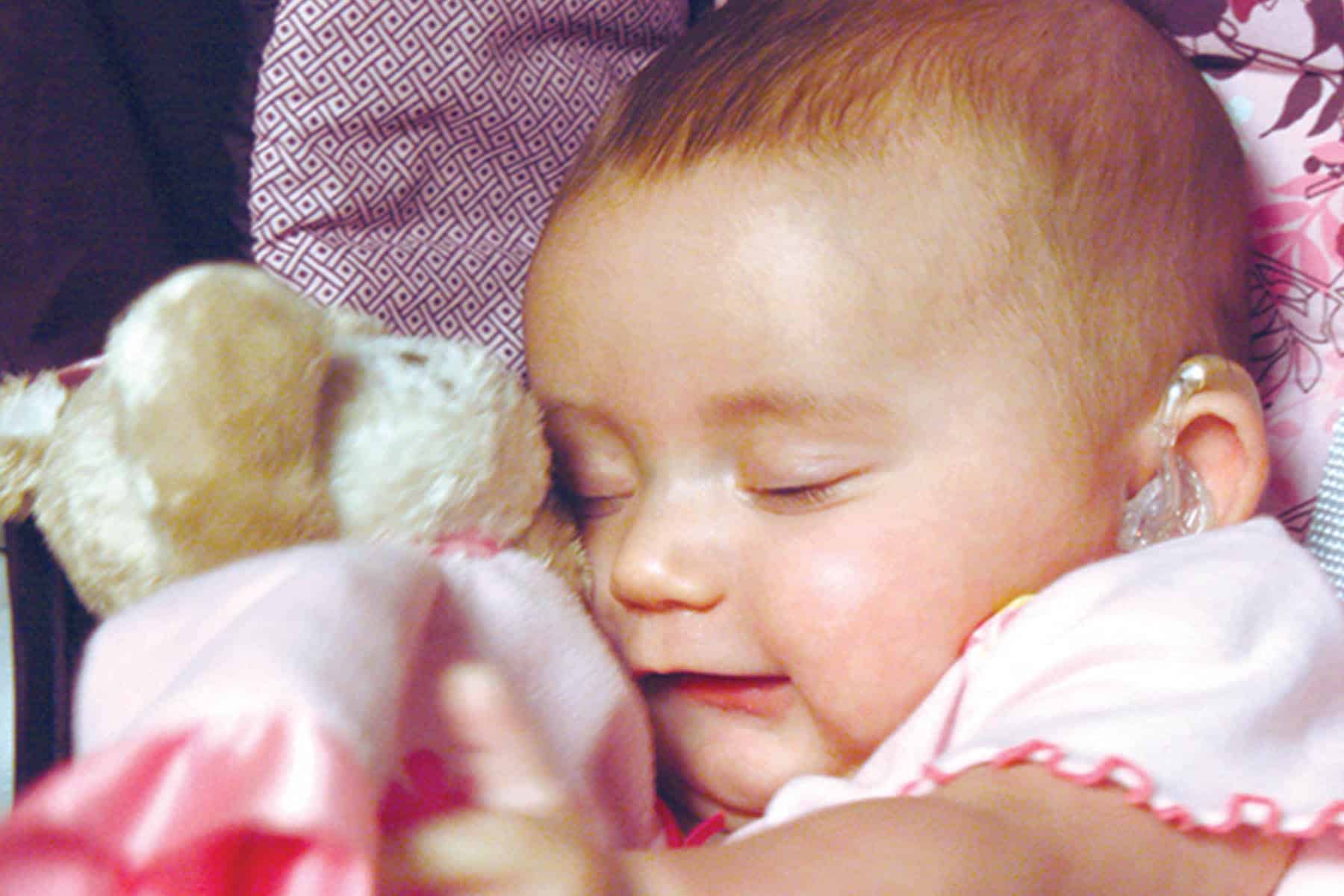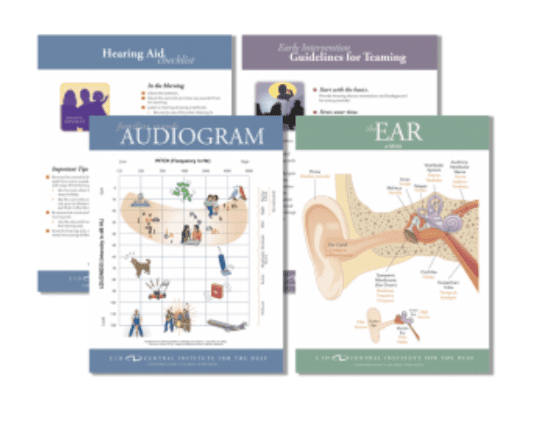Blankets are typically something people have in their homes. We believe that the most positive outcomes occur when we coach caregivers on how to embed listening and language strategies into their daily routines using items they already have. Collaborate with parents to think of ways to incorporate their child’s specific listening and language goals into fun play routines. Some examples you can bring to the discussion are: STOP and GO Blanket Shake, STOP and GO Blanket Swing and UP and DOWN Fun.
STOP and GO Blanket Shake
The child lays or sits in the middle of a blanket placed on the floor. Caregivers say, “1, 2, 3, GO” and shake the blanket as they sing or say “We’re gonna shake and shake and shake and STOP”. As soon as they say STOP, the shaking stops. A fun version as the child gets older is to put a bunch of balls or stuffed animals on the blanket and let the children help caregivers shake them off.
STOP and GO Blanket Swing
The child lays on a blanket on the floor. Two caregivers hold the blanket on either end and raise the child up. They say, ‘1, 2, 3, GO” and then gently swing the child as they sing or say, “Now we are swinging, swinging, swinging. Now we are swinging and now we STOP.” Remember some children like to swing fast, some slow, some side to side and some back and forth.
UP and DOWN Fun
The child lays or sits on the floor under a blanket. As the caregivers raise the blanket they say, “UP-UP-UP” and then an elongated “D-O-W-N”.
After repeating a routine numerous times, the caregiver uses an ‘expectant pause’ to encourage their child to indicate they want more. A very young baby might kick her feet or look intently at the caregiver. The next step is to increase the expectation for the child to vocalize and eventually say GO or MORE.
The next time you go to a home visit, avoid bringing your bag of fun toys you’ll take back with you. Look around for what’s already in the home. It’s likely you’ll see a blanket and much more.

Jennifer Manley was a teacher of the deaf and associate coordinator of the Emerson Center for Professional Development at Central Institute for the Deaf- CID. Ms. Manley is co-author of the CID SPICE for Life auditory learning curriculum and author of the 2nd Edition CID SPICE auditory training curriculum.












